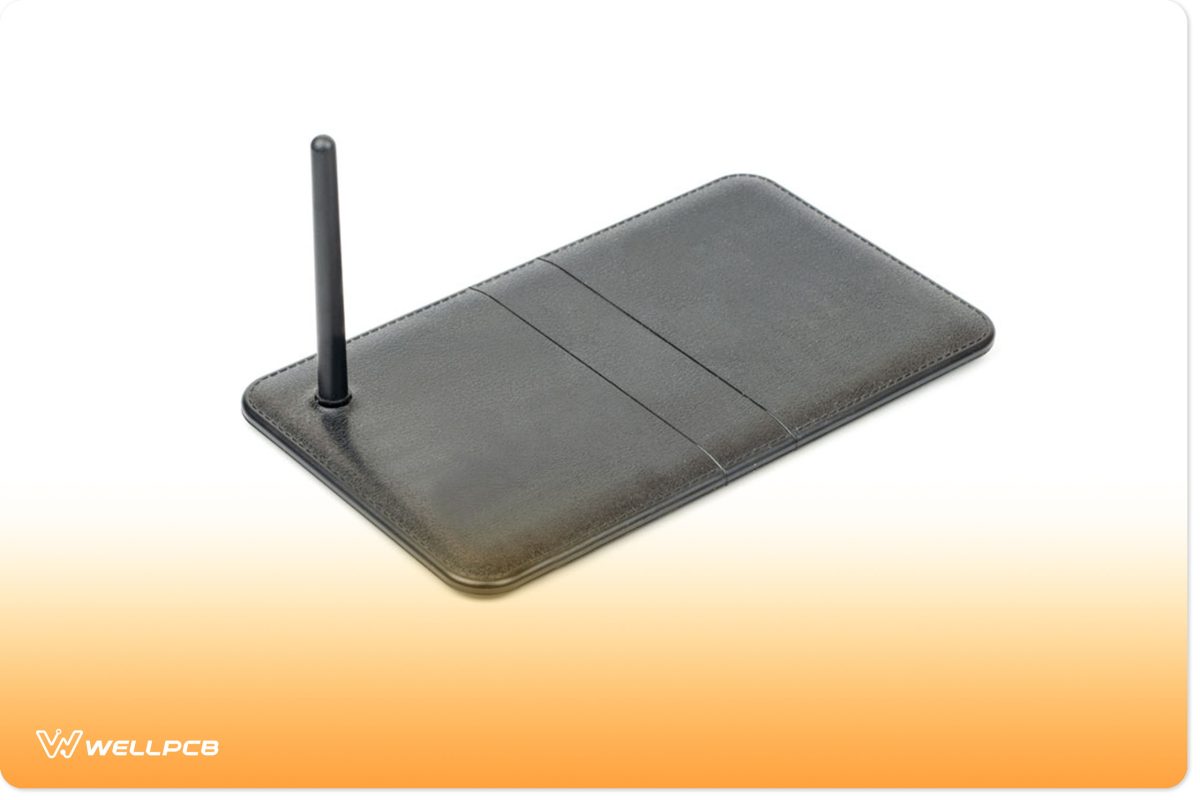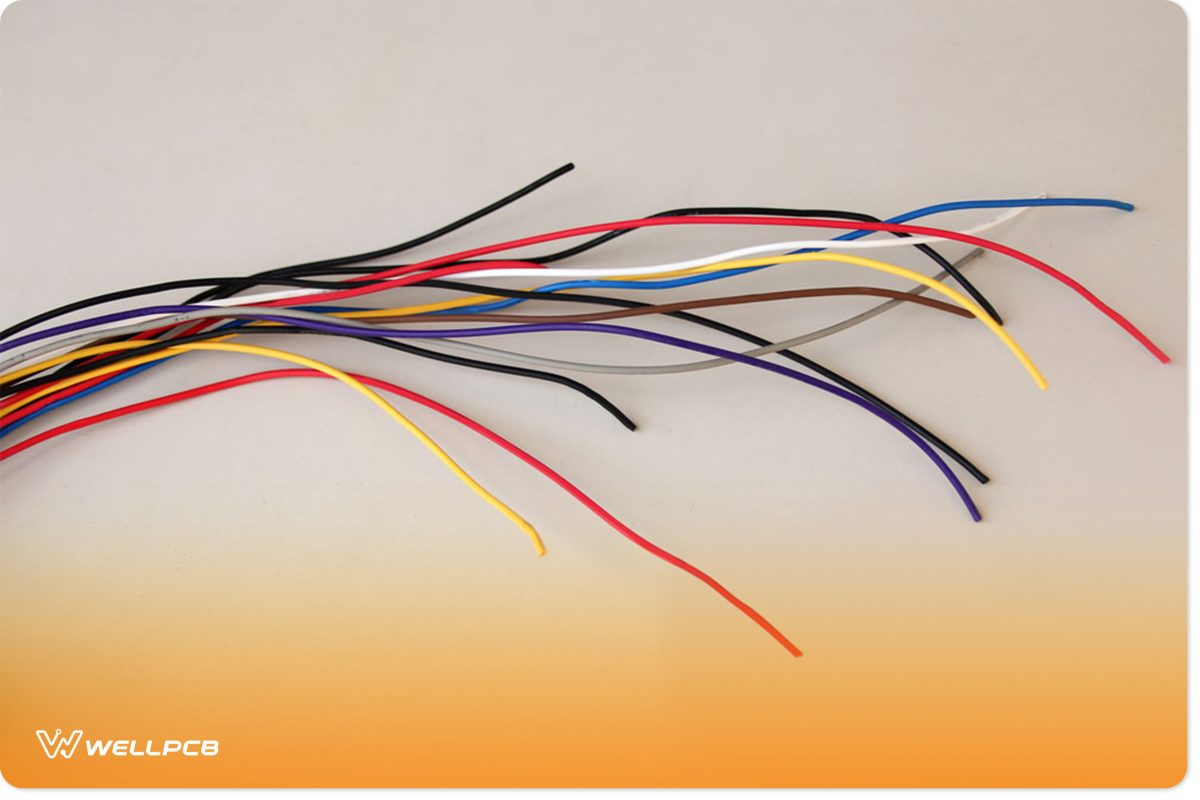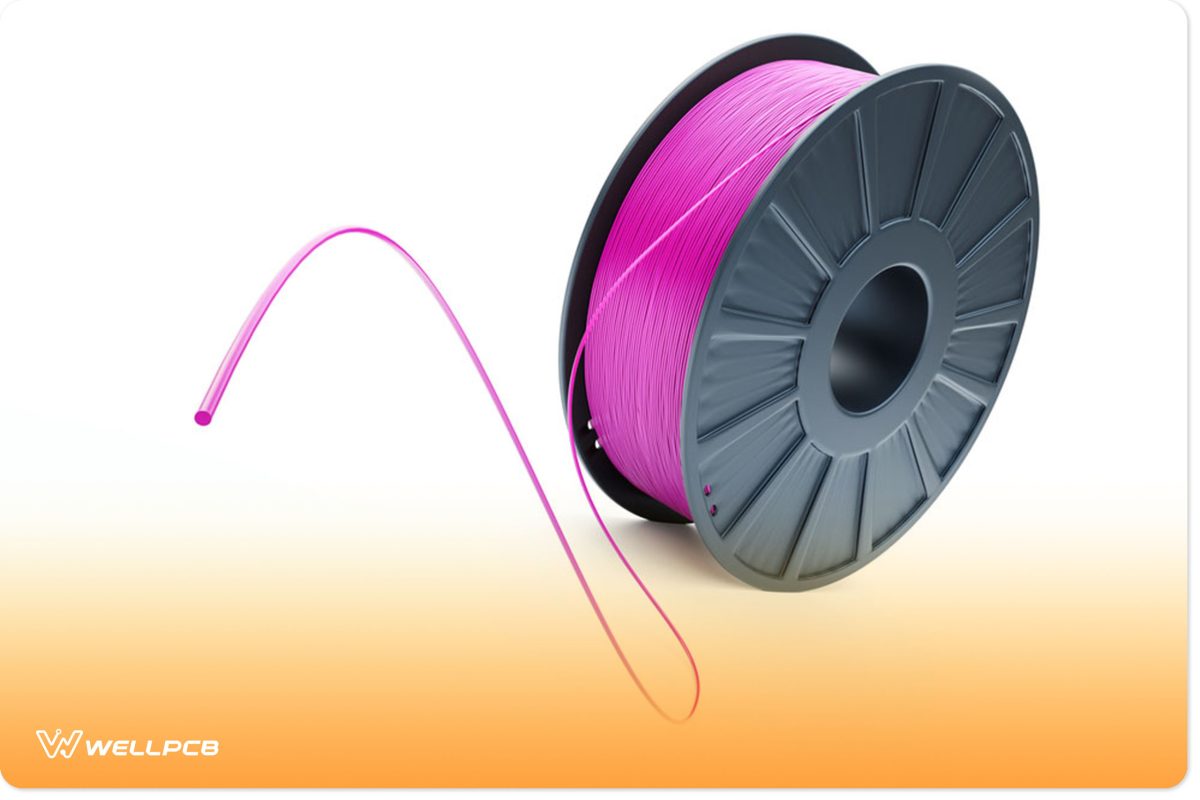Contents
What Is a Digital TV Antenna?
First off, the digital TV vertical scale antenna isn’t different from the conventional off-air television antenna in terms of function.
So, the device receives digital TV signals through its specially arranged wires that pick broadcast signals (electromagnetic) from TV networks. And the electromagnetic signals transmit “over the air signals.”
Also, many viewers find this device indispensable because it offers the best pictures from HDTVs. In other words, digital TV broadcasting helps to eliminate distorted picture quality, unlike the analog signals’ off-air reception that made a hit-or-miss.
So, with the all-digital HDTV signals, you’ll get a ghost-free, crisp, or no picture at all.
Types of Digital Antennas
If you’ve decided to get a digital TV antenna suitable for your needs, see the basic types of antennas:
Attic TV Antenna
This type of antenna selection looks like an outdoor one. But it has a larger unit, and the ideal antenna location is on a mounted metal pole in the attic. Furthermore, you can install the attic antenna by connecting it to a home media wiring. While you’re at it, ensure that you observe the necessary precautions.
With this antenna height, you can protect your device from animal attacks or natural elements like the sun, wind, rain, etc.
But the major snag is the roofing materials around it, which act as antenna frustration. The roofing material may disrupt the antenna from picking channels. Other factors like computers, fluorescents, etc., may prevent your TV from getting a clear picture from the antenna.
Indoor TV Antenna

Indoor TV Antenna
You can use a digital HD portable TV antenna indoors if you want a single TV to get over-the-air programming. Interestingly, it’s the most straightforward device to install. But the device may not work well for everyone.
Hence, indoor antennas are ideal for urban areas with broadcast towers nearby.
Is it possible to improve a single DTV signal reception? Of course, yes. All you need to do is move the vertical antenna higher up on the wall or closer to the window.
Also, if you prefer one that is out-of-sight, go for antennas with a Velcro strip. That way, you can secure the antenna behind your definition television.
Outdoor DTV Antennas
If you live far from broadcast towers, you need whole-house direct antennas or outdoor antennas.
Typically, this type of antenna provides strong coverage and a clear picture of digital channels in rural communities. Why? The antenna operates at higher frequencies and offers better signal quality.
But it can be pretty tricky to install outdoor antennas. And that’s because the process involves getting on your roof to install the unit and ground the wiring. So, it’s crucial to follow directions and take the necessary precautions when installing directional antenna systems.
Installing a Digital TV Antenna
Before doing an HDTV antenna cabling, it’s crucial to use the 75-ohm coax cable. After all, the coax cable is stronger than the twin-lead. But if you’re looking for more reliability and outstanding antenna performance, opt for the RG-6 line.
Also, if you want to get excellent results from your sizeable outdoor antenna, install the device on a free-standing pole or roof. Consequently, you should have the most accurate possible view of the transmitter tower.
While you’re at it, take the following precautions:
- Look for power lines and other wires in your work area and avoid them;
- Try not to install your antenna on the chimney. That’s because the chimney releases gases and smoke that may shorten the life or impair the antenna’s performance.
- Avoid climbing your roof alone.
In addition, it’s best to have a partner during the installation. The person will be responsible for confirming the picture quality and relaying the information as you aim the antenna. Further, most digital tuners feature an onscreen signal strength. But you need to ensure the picture is on all your preferred channels before securing the device in place.
Analog VS Digital TV Antennas
Here is a summary of the comparison between the analog and digital TV antenna:
| Analog TV Antenna | Digital TV Antenna |
| Transmits adequate signals like a radio. | Transmit digital signals like data bits of information, similar to computer data. |
| This antenna features more significant elements. | This HDTV antenna has smaller parts. Hence, the device is smaller than its predecessor. |
| Works best for frequencies that existed before the digital switchover. | Receives new frequencies for digital broadcasts or DTV coverage. |
| The antenna offers a moderately strong signal pick-up and relatively reliable TV reception. | On the other hand, this antenna can give you a more robust signal pick-up when you combine it with an enhanced carrier-to-noise ratio (CNR) and bit error rates (BER). And the signal is more reliable and stable. |
| Analog broadcast antennas don’t have a built-in 4G filter. | Some digital antennas feature a built-in 4G filter that helps to keep your signal spectrum clean. |
| When the distance from the transmitter increases, the device loses signal gradually. | When there’s an increase in the distance from the transmitter, the antenna doesn’t have a gradual signal loss. |
| Analog antenna has a design that starts from up to down. Hence, it doesn’t have many signal factors. | Manufacturers design this antenna from the ground up to accommodate all the leading digital signal factors. |
| You can transmit the audio or sound quality and video signals in FM & AM, respectively. | You can transmit the video as a progressive or interlaced signal. |
How to Make a Digital Television Antenna
Making digital antenna systems is pretty simple. And there are different methods as well. But we’ll describe a DIY build that’s aesthetically pleasing and offers DTV stations:
The components you need are:
- Short wires (2)

- Sheet of aluminum foil

- Sheet of clear and flexible plastic (1)

- Balun converter (1)
The first step is to get two printed copies of your preferred template. Then, glue each of your templates to a foil sheet and cut it out. With this, you can line up your results on the plastic sheet and glue them on each side.
Get your wires and glue or staple them to the legs of your fractal design. Then, link the balun to the antenna. Finally, you can plug in your regular coaxial cable.
Using a DTV Antennas for EMC Troubleshooting
You can begin the diagnostic method by using a DTV antenna. But it should have a simple loop for the UHF channels. Also, it should have telescoping dipole elements for the VHF channels.
Your antenna shouldn’t have built-in amplifiers as it can limit harmonics reception beyond the regular DTV bands. That said, place your antenna on a solid surface because it can be unstable when the telescoping elements deploy fully.
While you’re at it, input a spectrum analyzer between the antenna cable. Consequently, you’ll get corresponding common-mode currents reflecting on the line. Further, you can block the common-mode winds by adding single or multiple ferrite chokes along the cable.
You can fix issues like a noisy DC brush motor with this setup.
Rounding Up
If you’re thinking of slashing your entertainment budget significantly, getting DTV antennae is the way to go. After all, it’s a one-time investment. But before you go down this road, you need to understand the different types of digital signal antennas and pick the ideal one.
Also, if you haven’t cut the cord yet, you can use the antenna to ease the transition process.
What do you think about the DTV station antenna? Do you need help building one or getting the ideal one? Please feel free to reach us.





